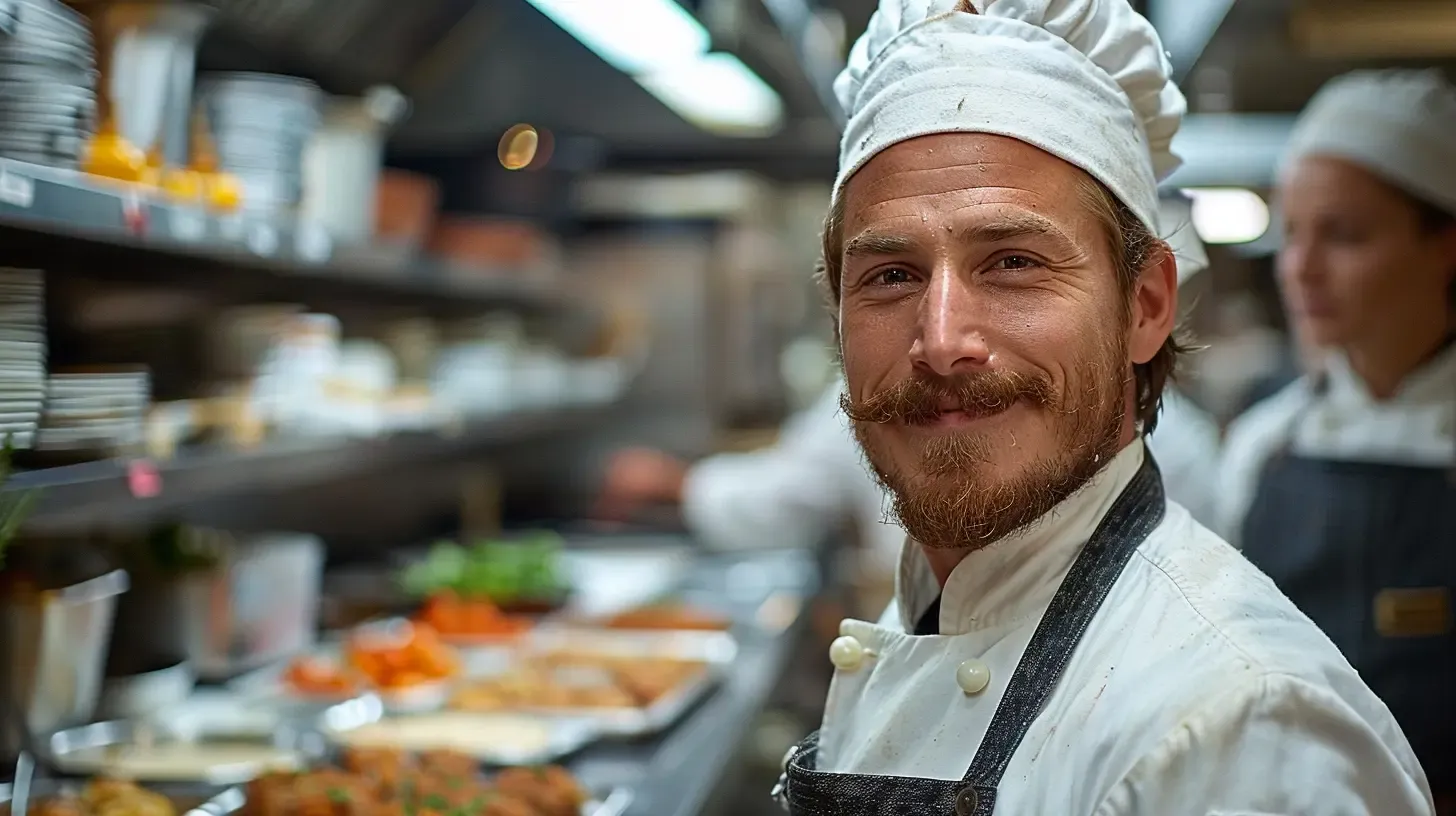15 February 2024
The Language of Chefs Decoding Culinary Terms.

Press the play button in the top right corner to listen to the article
In the world of haute cuisine, chefs often use a lexicon that sounds almost as exquisite as the dishes they create. From "confit" to "consommé" and "sous-vide," these terms not only describe cooking techniques but also hint at the culture and history behind each method. This article delves into some of the classic culinary terms that chefs commonly use, unraveling their meanings and the processes they describe.
Confit Originating from French cuisine, "confit" refers to a method of preservation that involves slowly cooking an ingredient in its own fat. While duck confit is among the most celebrated dishes, this technique can be applied to other meats, fruits, and vegetables. The slow-cooking process at low temperatures renders the meat incredibly tender, encapsulating flavors while preserving the ingredient.
Consommé Consommé is a clear, refined soup or broth that has been clarified to remove fat and sediment. This process involves combining egg whites with the broth, which, when gently simmered, traps impurities. The result is a crystal-clear liquid that boasts intense flavor and elegance, often served as the first course in a formal meal to stimulate the appetite.
Sous-vide A term that translates to "under vacuum" in French, sous-vide is a cooking technique where food is vacuum-sealed in a plastic pouch and then cooked in a water bath at a precisely controlled temperature. This method allows for unparalleled control over the cooking process, ensuring that the food is cooked evenly and retains moisture. It's particularly favored for meats and fish, resulting in textures that are difficult to achieve through traditional methods.
A la Minute A phrase that literally means "in the minute," a la minute refers to dishes that are prepared fresh, to order. This approach emphasizes the chef's ability to create dishes that are served immediately upon completion, ensuring peak freshness and flavor. It's a testament to the skill and speed of the kitchen staff, as well as the restaurant's commitment to quality.
Mise en Place "Mise en place" is a French term that translates to "everything in its place." It refers to the practice of organizing and arranging the ingredients (such as cuts of meat, spices, and vegetables) that a cook will require for the menu items that are expected to be prepared during a shift. This preparation is crucial in professional kitchens to ensure efficient and seamless service.
Bain-Marie A bain-marie is a water bath used to gently cook food or keep it warm. The technique involves placing a container (holding the food) into a larger one filled with hot water, providing a consistent and gentle heat. This method is ideal for delicate dishes, such as custards or terrines, that require uniform temperature without direct heat.
Julienne Julienne is a culinary knife cut where the food item is cut into long, thin strips, resembling matchsticks. Commonly applied to vegetables, this technique not only enhances the presentation of a dish but also ensures uniform cooking times for ingredients.
En Papillote "En papillote" describes a method of cooking where food is enclosed in a pouch or parcel—often made of parchment paper—and then baked. The food steams in its own moisture within the enclosed package, infusing with any added herbs, spices, or other flavorings. This technique is celebrated for its ability to retain the natural flavors and nutrients of the ingredients.
These terms are just a glimpse into the elaborate language of culinary arts, where each word and technique carries the weight of tradition and innovation. By understanding these terms, food enthusiasts can gain deeper insights into the processes behind their favorite dishes, appreciating the artistry and skill that define the world of professional cooking.
The content, including articles, medical topics, and photographs, has been created exclusively using artificial intelligence (AI). While efforts are made for accuracy and relevance, we do not guarantee the completeness, timeliness, or validity of the content and assume no responsibility for any inaccuracies or omissions. Use of the content is at the user's own risk and is intended exclusively for informational purposes.
#botnews















































































